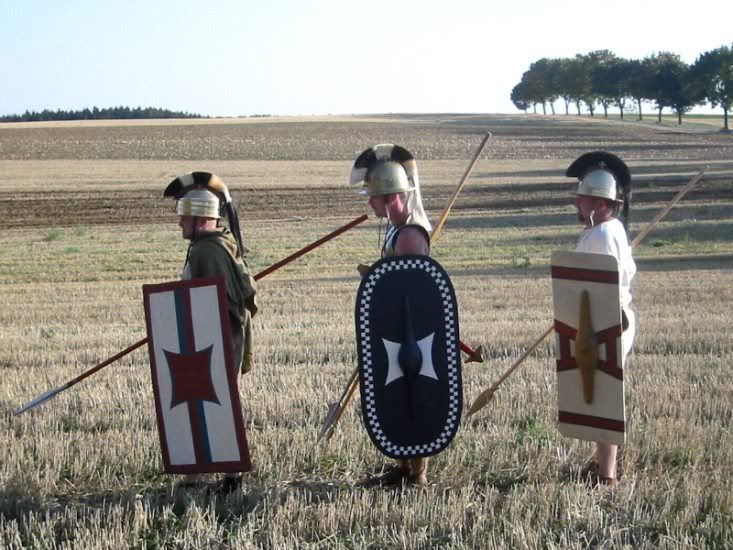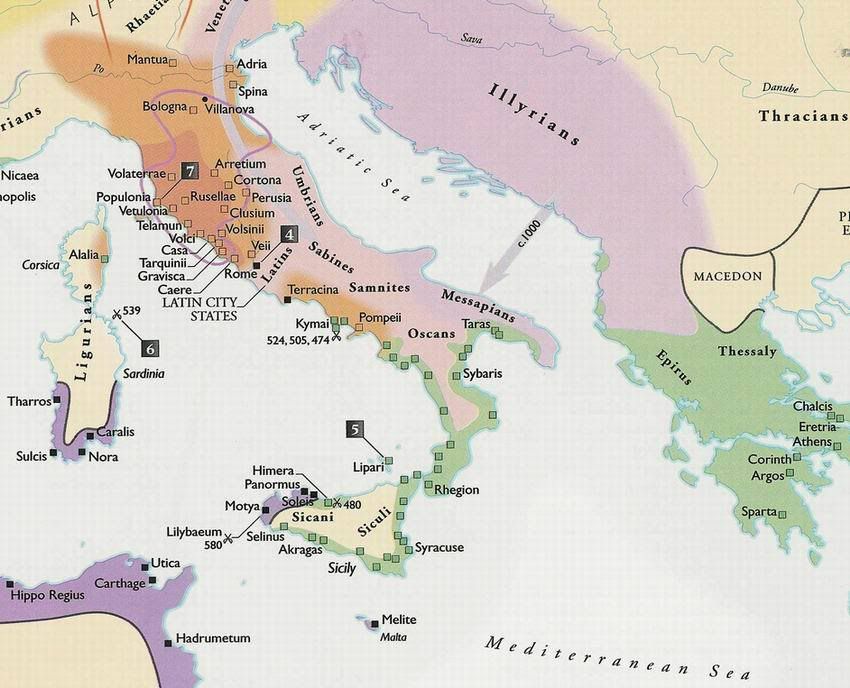SUNKEN BOATS: The archaeologists found more than 30 Illyrian boats, fully-laden with Roman amphorae. Photo: University of Mostar
Posted on 12/07/2008 1:05:30 PM PST by SunkenCiv
It all started in spring 2007 when Professor Snjezana Vasilj of the University of Mostar found 16 Illyrian boats in Desilo, fully-laden with Roman wine amphorae. The find was speedily interpreted as proof that the Illyrians were pirates and that the ships had been sunk by the Romans. Although the pirate theory received considerable attention from the press in many parts of Europe, Marina Prusac and Adam Lindhagen did not believe this interpretation...
Over the past two thousand years the river has repeatedly changed its bed in the delta. The archaeologists found the remains of the Illyrian trading post under several metres of mud and ooze when the land-owner put his excavator at their disposal. It appears that parts of the wall that stuck up from the mud by the water's edge may have functioned as one of the many quays at the trading post. The wall is 20 metres long and 60 centimetres wide, and is built as a polygonal structure...
While Professor Vasilj was of the view that all the boats were sunk at the same time in a Roman campaign against Illyrian pirates, the Norwegian archaeologists have found indications that the boats were sunk over a period of almost a hundred years. Their evidence is based on the dating of the wine amphorae.
(Excerpt) Read more at apollon.uio.no ...
SUNKEN BOATS: The archaeologists found more than 30 Illyrian boats, fully-laden with Roman amphorae. Photo: University of Mostar
|
|
|||
Gods |
To all -- please ping me to other topics which are appropriate for the GGG list. |
||
|
· Discover · Nat Geographic · Texas AM Anthro News · Yahoo Anthro & Archaeo · · The Archaeology Channel · Excerpt, or Link only? · cgk's list of ping lists · |
|||
In the source it says the findings are from the first century BC, at which time Illyria was a Roman Province. It was part of Julius Caesar’s Proconsulate province, along with Gaul on the Italian side of the Alps, and Gaul across the Alps. It appears to have been pacified by his time.
There's a recent book in English, The Illyrians by John Wilkes (1992). The archaeological museum in Split, Croatia, has some Illyrian items on display, including a helmet.
The coastal areas were indeed part of the province assigned to Julius Caesar--Roman involvement in Illyria dates back to the late 3rd century--but the interior was not fully subdued until the reign of Augustus. In fact there was a major uprising against the Romans between A.D. 6 and 9 involving a large part of present-day Bosnia and parts of Croatia. That uprising may have contributed to the success of the German uprising of A.D. 9 led by Arminius (who defeated Quinctilius Varus at the battle of the Teutoburg Forest).


cool map
Thx!
It reminds me of all the mideival stories where they go on quests and travel from one city-state to another with their swords at the ready.
Disclaimer: Opinions posted on Free Republic are those of the individual posters and do not necessarily represent the opinion of Free Republic or its management. All materials posted herein are protected by copyright law and the exemption for fair use of copyrighted works.